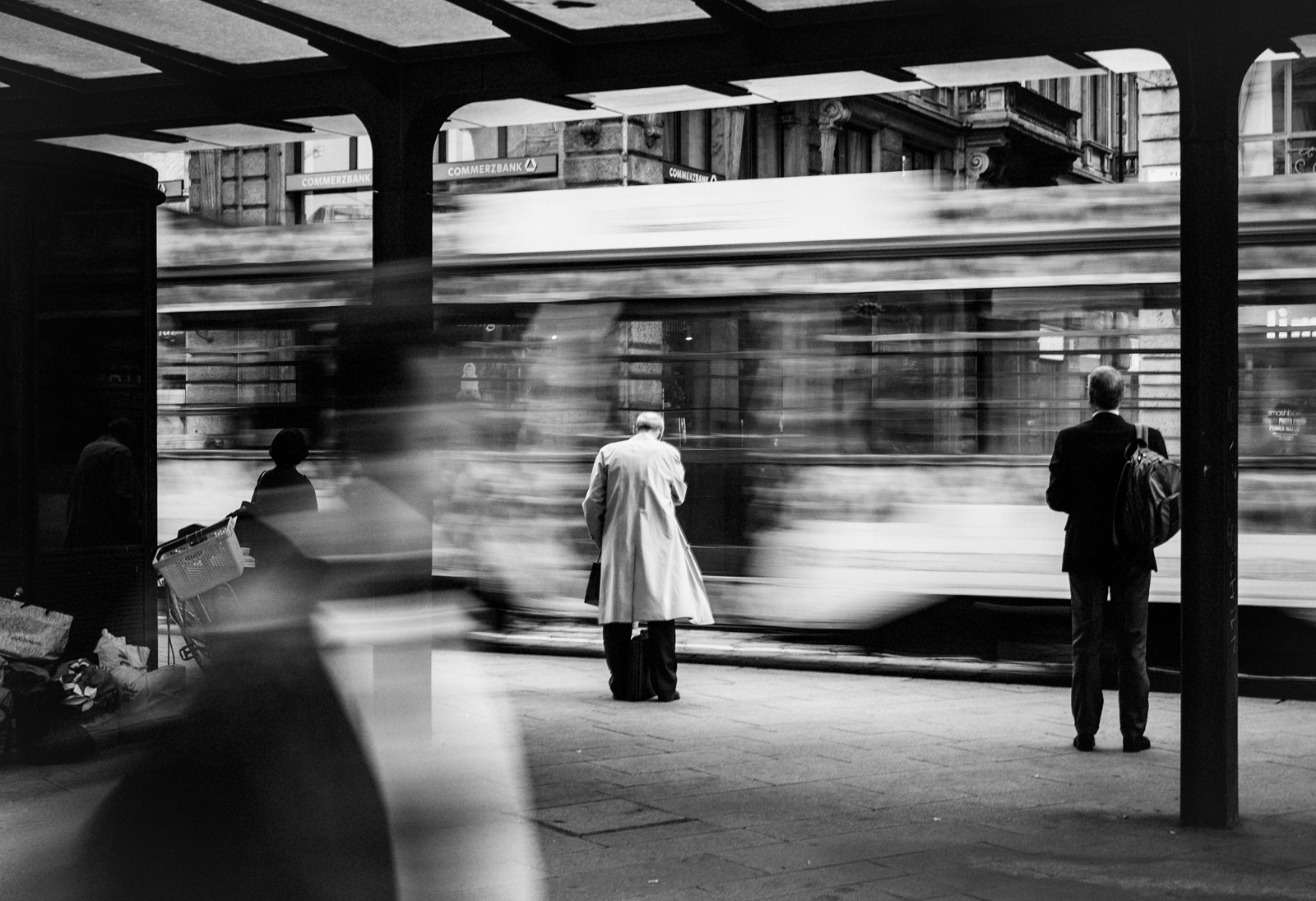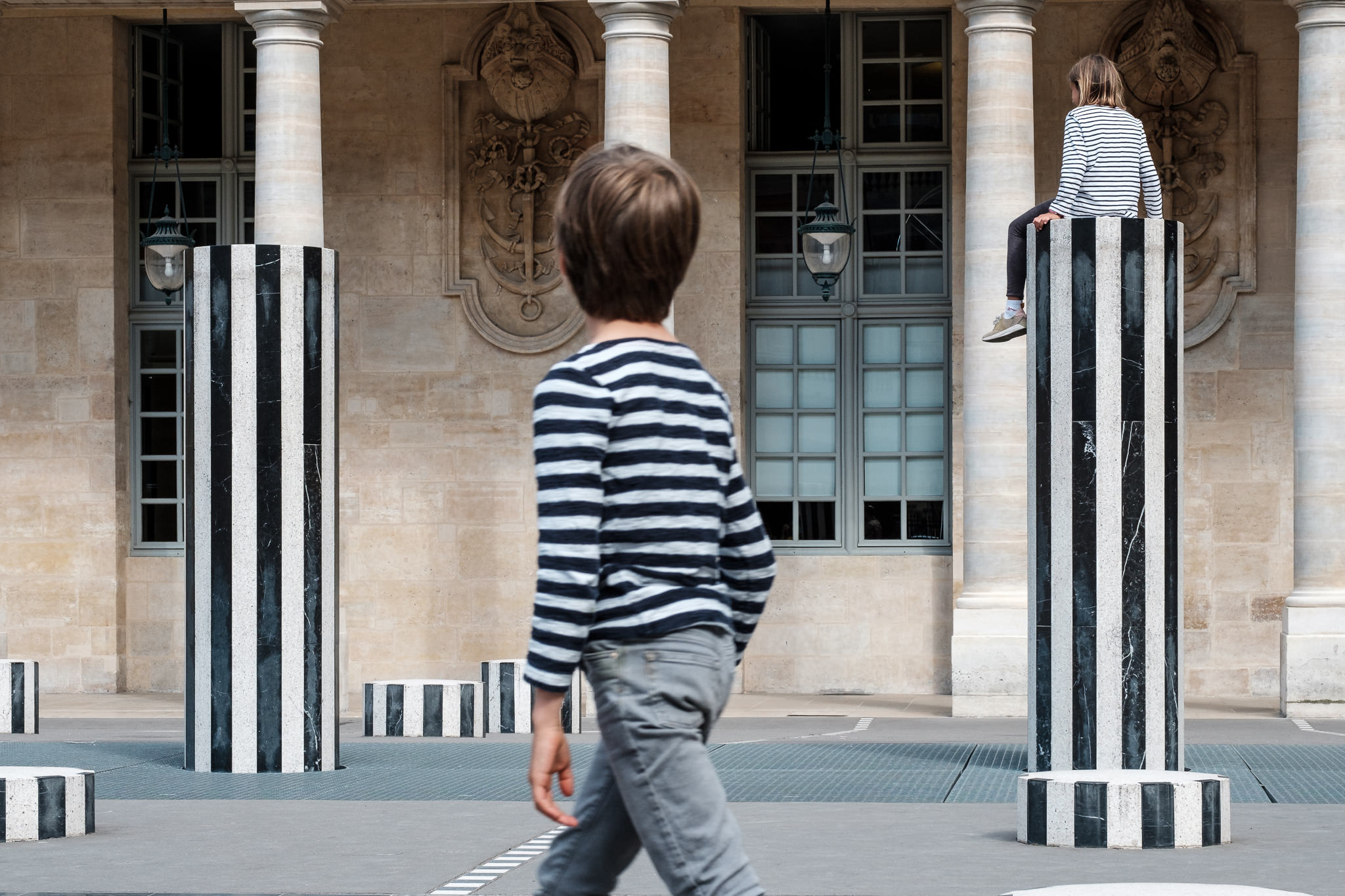How Street Photographers can Save You Time, Stress, and Money.
Table of ContentsThe 30-Second Trick For Street PhotographersThe smart Trick of Street Photographers That Nobody is DiscussingNot known Details About Street Photographers Street Photographers - The FactsAll about Street Photographers
A style of photography that records day-to-day life in a public place. The very publicness of the setup enables the professional photographer to take honest images of unfamiliar people, usually without their expertise. Street photographers do not always have a social objective in mind, however they choose to isolate and capture minutes which could otherwise go undetected (Street Photographers).He was affected by several of those who affected the street professional photographers of the 1950s and '60s, he was not primarily interested in recording the spirit of the street. The impulse to aesthetically record people in public started with 19th-century painters such as Edgar Degas, douard Manet, and Henri de Toulouse-Lautrec, that worked side by side with professional photographers attempting to catch the significance of urban life.
Because of the fairly primitive innovation offered to him and the lengthy direct exposure time required, he struggled to catch the pressure of the Paris roads. He try out a series of photo techniques, trying to find one that would certainly permit him to record activity without a blur, and he discovered some success with the calotype, patented in 1841 by William Henry Fox Talbot. In comparison to Atget, photographer Charles Marville was employed by the city of Paris to produce an encyclopaedic document of Haussmann's urban planning project as it unfolded, hence old and new Paris. While the digital photographers' subject was essentially the very same, the results were markedly various, demonstrating the effect of the digital photographer's bent on the character of the images he produced.
Provided the fine top quality of his pictures and the breadth of product, designers and artists often acquired Atget's prints to make use of as reference for their own job, though business interests were barely his primary motivation. Rather, he was driven to photograph every last remnant of the Paris he loved. The mingled interest and seriousness of his goal shine through, resulting in photos that tell his very own experience of the city, high qualities that anticipated road photography of the 20th century.
The Definitive Guide to Street Photographers
They reveal the city via his eyes. His work and essential understanding of photography as an art kind acted as inspiration to generations of professional photographers that followed. The future generation of street professional photographers, though they likely did not refer to themselves thus, was ushered in by the photojournalism of Hungarian-born photographer Andr Kertsz.
Unlike his peers, Brassa used a larger-format Voigtlnder camera with a much longer direct exposure time, requiring him to be a lot more computed and thoughtful in his practice than he could have been if using a Leica. (It is thought that he may not have had the ability to afford a Leica during that time, but he did, nonetheless, utilize one in the late 1950s to take colour pictures.) Brassa's photos of the Paris underworld lit up by artificial light were a revelation, and the collection of the series that he released, (1933 ), was a significant success.
Cartier-Bresson was a champion of the Leica video check out this site camera and among the first digital photographers to optimize its capabilities. The Leica permitted the photographer to communicate with the environments and to record moments as they took place. Its reasonably small size likewise aided the photographer fade into the history, which was Cartier-Bresson's preferred method.
Little Known Questions About Street Photographers.
It is since of this essential understanding of the art of photo taking that he is commonly credited with uncovering the medium around once again approximately a century given that its invention. He took photographs for even more than a half century and influenced generations of professional photographers to trust their eye and intuition in the moment.
These are the inquiries I will attempt to answer: And after that I'll leave you with my very own meaning of road digital photography. Yes, we do. Let's kick off with specifying what an interpretation is: According to (Street Photographers) it is: "The act browse around this site of specifying, or of making something guaranteed, unique, or clear"
No, definitely not. The term is both limiting and misdirecting. Seems like a street digital photography should be photos of a roads best?! And all road professional photographers, besides a handful of absolute newbies, will fully appreciate that a road is not the essential part to street digital photography, and really if it's an image of a road with perhaps a couple of uninteresting people doing absolutely nothing of rate of interest, that's not street photography that's a picture of a street.
Some Known Facts About Street Photographers.
He makes a legitimate point do not you think? While I concur with him I'm not certain "honest public digital photography" will capture on (although I do kind of like the term "honest digital photography") due to the fact that "street digital photography" has been around for a long time, with numerous masters' names attached to it, so I believe the term is right here to remain (Street Photographers).
Inside?! I hear you scream as you tremble your hand to the sky. Why not? You can shoot at the visit this site beach, at an event, in an alley, in a park, in a piazza, in a cafe, at a museum or art gallery, in a city terminal, at an event, on a bridge, under a bridge ...

Indicators on Street Photographers You Should Know
